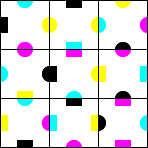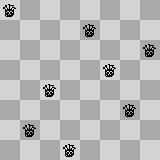A bit ago I wrote about writing a generic brute force solver (wow, was that really two months ago?). It got … complicate. Mostly, because every time I wrote a step function, I had to be careful to undo the same. Wouldn’t it be nice if we could just write a step function and get backtracking for ‘free’?
Well, with immutability you can!



